According to Traditional Eastern Medicine, the lotus flower is a symbol of beauty and spiritual growth, and its various parts are believed to possess medicinal properties. The lotus petals, in particular, are known to be effective in skincare, as they help the body produce collagen, which protects the skin from sun damage. This article will guide you on how to make your own lotus soap at home, utilizing the natural benefits of this flower.
1 Ingredients and Materials
To create your own lotus soaps, you will need the following ingredients and materials:
- Fresh lotus petals – these will be the main ingredient, providing the soap with its unique properties.
- An organic soap base – this will serve as the binding agent and create a smooth, creamy lather.
- Lotus stamens (pollen) – add a natural fragrance and enhance the soap’s skincare benefits.
- Large ice cubes – an important component in the process of extracting the essential oil from the petals.
- Basic tools: a bowl, a pot, a spatula, and a blender.
 Gather your ingredients and tools
Gather your ingredients and tools
2 Step-by-Step Guide
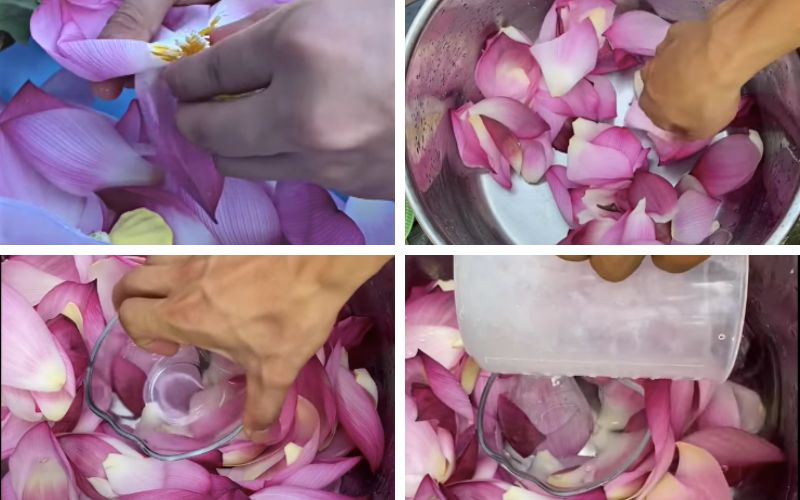 Adjust the water level to just cover the petals
Adjust the water level to just cover the petals
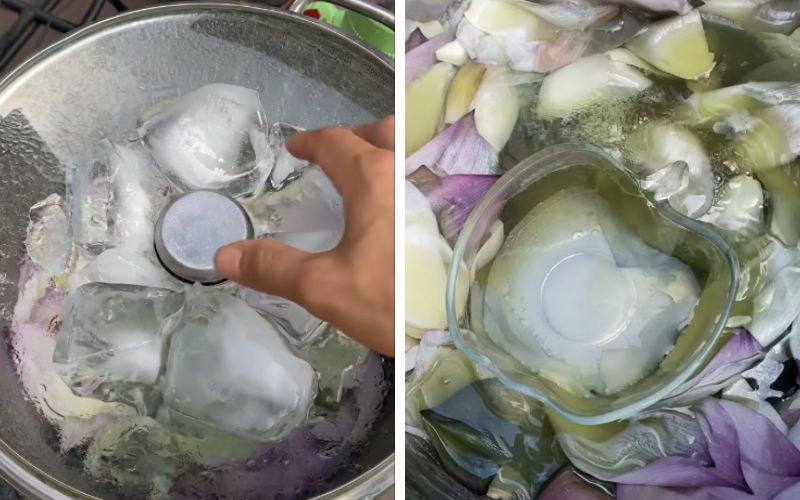 Use the lid to condense the essential oil
Use the lid to condense the essential oil
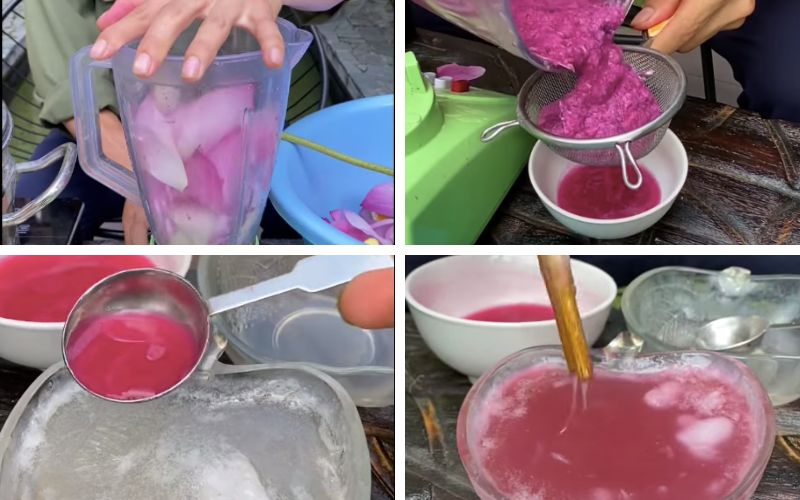 Combine the soap base, lotus water, and essential oil
Combine the soap base, lotus water, and essential oil
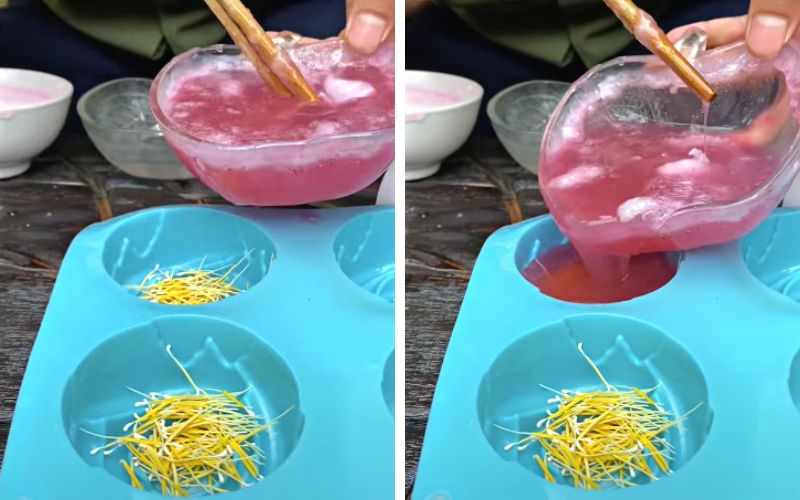 Pour the mixture into a mold and let it set
Pour the mixture into a mold and let it set
3 Enjoy Your Homemade Lotus Soap
Within a short time, you will have created delicate pink lotus soaps with a gentle, natural fragrance. You can use these soaps for handwashing or bathing, enjoying the benefits of firmer, softer, and smoother skin thanks to the pure lotus essence.
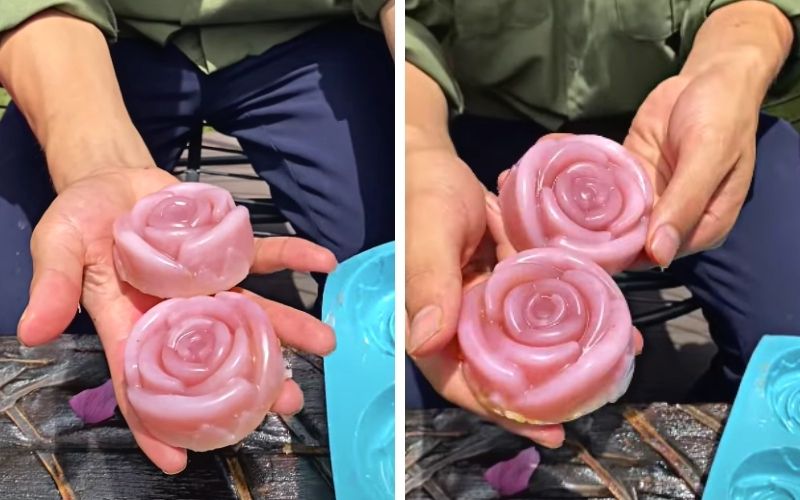 Your homemade lotus soap is ready to use
Your homemade lotus soap is ready to use
We hope that with these detailed instructions, you can easily create your own lotus soap at home and enjoy a little piece of Traditional Eastern Medicine in your self-care routine!
The Ultimate Guide to Mastering the Art of Masking: A Step-by-Step Ritual for Glowing Skin
The type of mask therapy you choose depends on your skin’s unique needs. For dry skin, a hydrating and moisturizing treatment is essential to revitalizing and nourishing the complexion. Inflamed skin will benefit from a soothing and calming mask, while a deep-cleansing option is ideal for a thorough purification.
The “Timid Queen” of Herbs: A Plant That Grows Wild and Is Highly Prized in Vietnam.
The Touch-Me-Not plant, also known as the Shy Plant or the Sensitive Plant, is not just a fascinating plant that ‘shies away’ when touched, but it is also a revered herb in traditional medicine. This unassuming plant boasts a plethora of surprising health benefits that have been utilized for centuries.
“The Secrets to Radiant Skin: A Peek into Vicky Zhao’s Skincare Routine”
“Lin Xinru, the wife of renowned actor Hoắc Kiến Hoa, and promising actress Hứa Vỹ Ninh, have both captured the attention of the entertainment industry and fans alike. Despite being 48 years old, Lin Xinru’s skin remains smooth and firm, with only subtle signs of aging visible at the corners of her eyes and around her nose.”











































